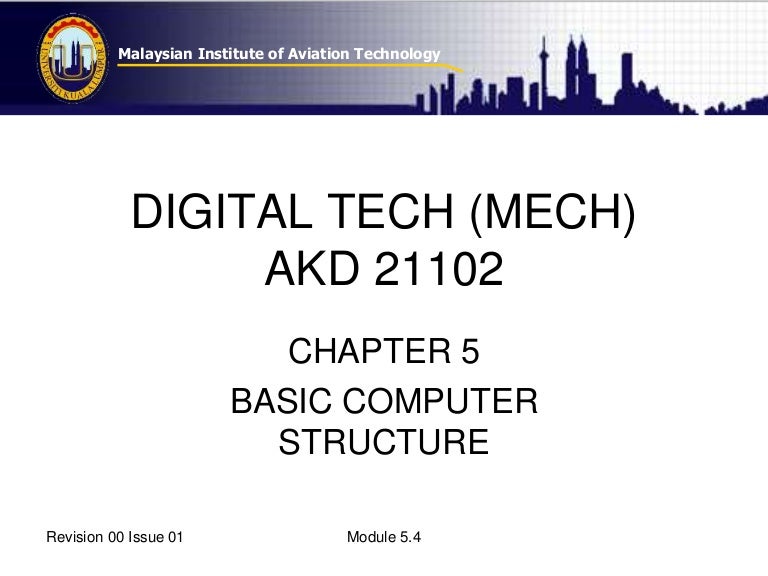


The following figure illustrates the waveforms of NRZ-L, NRZ-I, Bi-phase Manchester and Differential Manchester coding for different digital inputs. If no transition occurs at the beginning of the bit interval, then the input bit is 1. If there occurs a transition at the beginning of the bit interval, then the input bit is 0. In this type of coding, there always occurs a transition in the middle of the bit interval. While the transition is from Low to High for the input bit 0. The transition for the resultant pulse is from High to Low in the middle of the interval, for the input bit 1. In this type of coding, the transition is done at the middle of the bit-interval. There are two types of Bi-phase Encoding. The bandwidth required for this coding is greater.

The clock is taken from the signal itself. Hence, the clock rate is double the data transfer rate and thus the modulation rate is also doubled. The signal level is checked twice for every bit time, both initially and in the middle. Hence, a separate clock line needs to be provided. NRZ codes has a disadvantage that the synchronization of the transmitter clock with the receiver clock gets completely disturbed, when there is a string of 1s and 0s.

For a 0 at the incoming signal, there is no transition at the beginning of the bit interval. If a 1 occurs at the incoming signal, then there occurs a transition at the beginning of the bit interval. It is the same as NRZ, however, the first bit of the input signal should have a change of polarity. There is a change in the polarity of the signal, only when the incoming signal changes from 1 to 0 or from 0 to 1. There are two variations in NRZ namely − NRZ - L (NRZ – LEVEL) If the above example is considered, as there is a long sequence of constant voltage level and the clock synchronization may be lost due to the absence of bit interval, it becomes difficult for the receiver to differentiate between 0 and 1. The following figure explains the concept of NRZ coding. The end or start of a bit will not be indicated and it will maintain the same voltage state, if the value of the previous bit and the value of the present bit are same. The main behavior of NRZ codes is that the voltage level remains constant during bit interval. NRZ Codes has 1 for High voltage level and 0 for Low voltage level. There are several ways to map digital data to digital signals. These will be discussed in subsequent chapters.ĭigital data to Digital signals − These are in this section. Delta Modulation gives a better output than PCM.ĭigital data to Analog signals − The modulation techniques such as Amplitude Shift Keying (ASK), Frequency Shift Keying (FSK), Phase Shift Keying (PSK), etc., fall under this category. As we have already discussed, sampling and quantization are the important factors in this. Hence, it is nothing but digital modulation.
#Tell about the basic principles of digital techniques code
The data encoding technique is divided into the following types, depending upon the type of data conversion.Īnalog data to Analog signals − The modulation techniques such as Amplitude Modulation, Frequency Modulation and Phase Modulation of analog signals, fall under this category.Īnalog data to Digital signals − This process can be termed as digitization, which is done by Pulse Code Modulation (PCM). The common types of line encoding are Unipolar, Polar, Bipolar, and Manchester. Data EncodingĮncoding is the process of using various patterns of voltage or current levels to represent 1s and 0s of the digital signals on the transmission link. Decoding is the reverse process of encoding which is to extract the information from the converted format. Encoding is the process of converting the data or a given sequence of characters, symbols, alphabets etc., into a specified format, for the secured transmission of data.


 0 kommentar(er)
0 kommentar(er)
